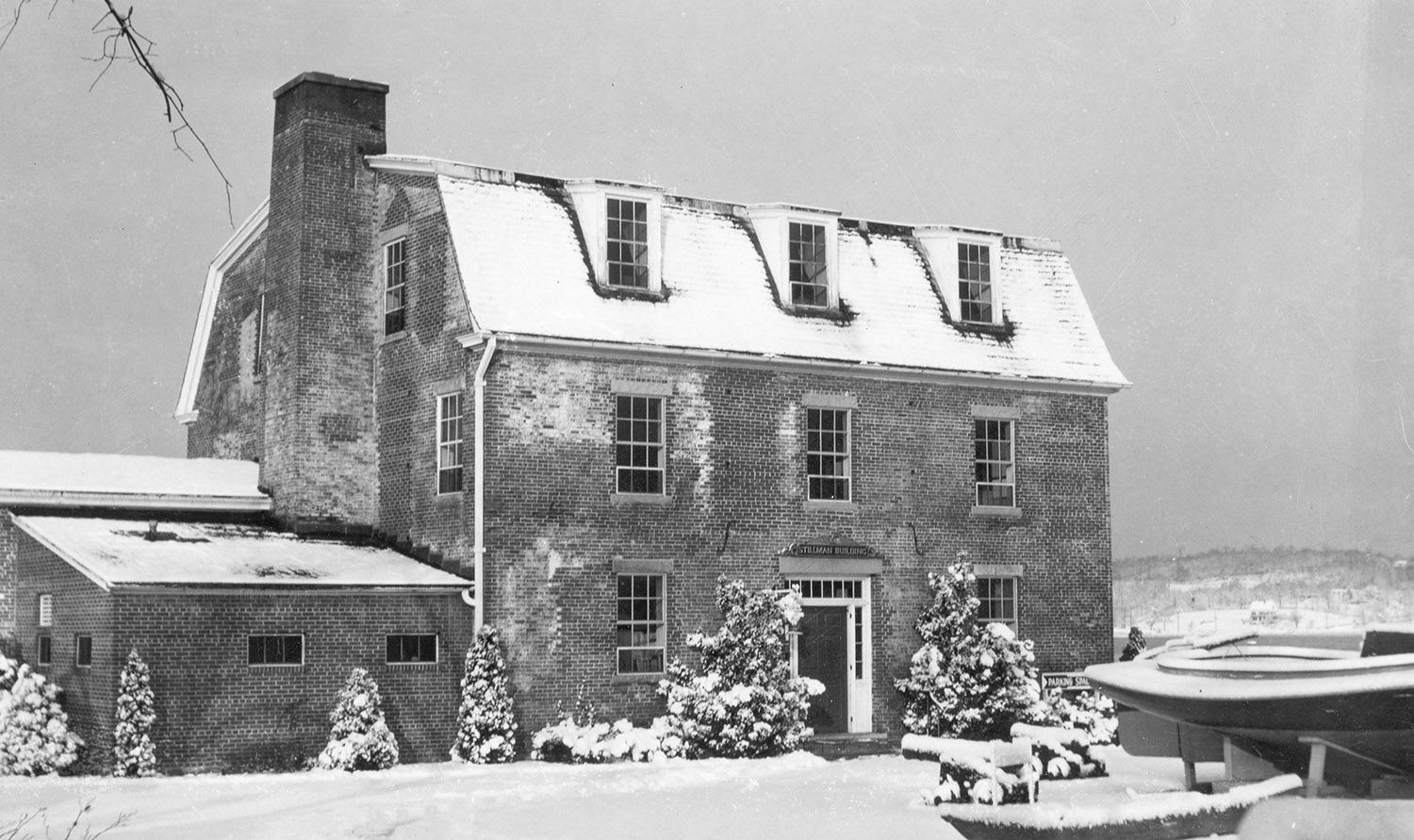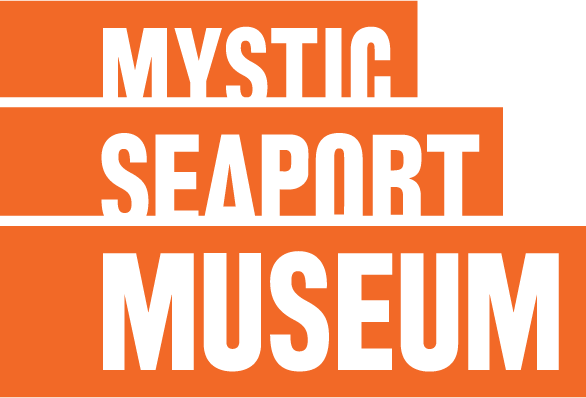
On December 25, 1929, Edward E. Bradley, an industrialist; Carl C. Cutler, a lawyer; and Dr. Charles K. Stillman, a physician; signed the papers incorporating the Marine Historical Association, today known as Mystic Seaport Museum. Their dream: create a dynamic, educational institution to preserve America’s maritime culture–and turn the achievements of a past era into an inspirational force for the future.
Cutler was writing what would become a seminal book on American clipper ships, Greyhounds of the Sea. As he traveled the East Coast doing research, he was appalled to discover how many maritime artifacts were being destroyed. He enlisted Stillman, who happened to be the grandson of local shipbuilder Clark Greenman, and Bradley to collect historical material. They incorporated the Marine Historical Association and began recruiting members and collecting maritime artifacts.
The association was gifted the buildings formerly belonging to the Mystic Manufacturing Company in 1931, turning its brick buildings into exhibit halls. That year, Dr. Stillman gave the Museum its first boat, the sandbagger racing sloop Annie, so that visitors could learn confidence, courage, and skill on the water. After Stillman and Bradley died in 1938, Cutler led the efforts to acquire and save the last surviving whaleship, the Charles W. Morgan. It arrived in November 1941, was placed in a sand berth, and opened for visitors in June 1942. Plans to build a representative seaport began in 1943, with the Shipsmith Shop the first to arrive in 1944.

The training ship Joseph Conrad joined the fleet in 1947 as part of the Mariner Training Program, and with the arrival of the coasting schooner Australia in 1951 and the schooner yacht Brilliant in 1952, the sail-training program expanded. More buildings were installed along the waterfront street, and in 1955, “activists”—now called interpreters—began to work in the exhibits.
In 1947, the Mystic Seaport Museum established a small library to hold its published books and manuscripts, which later serve as the center for the graduate-level Frank C. Munson Memorial Institute of American Maritime History after it was founded in 1955. The expanded G. W. Blunt White Library opened in 1965 and is now housed in the Collections Research Center.
To keep up with the demands of its wooden fleet, Mystic Seaport built the Henry B. duPont Preservation Shipyard in 1973 at the site of the historic Charles Mallory Shipyard. The first major task was to restore the Morgan, an ongoing program that had begun years earlier and included significant structural work. The Morgan was removed from its sand berth in 1974 and hauled out on the Shipyard’s lift dock.
In the 1980s, the Mystic Seaport Museum built new bulkheads to stabilize the waterfront and acquired the Rosenfeld Collection of maritime photography, which numbers close to one million images. Mystic Seaport constructed the Freedom Schooner Amistad in 1998–2000 and opened the Collections Research Center in 2001 to house one of the largest maritime collections available for research in the United States.
The Morgan returned to the Museum’s Shipyard for restoration in 2008 and was relaunched in 2013. The ship embarked on a historic 38th Voyage in 2014—sailing for the first time since 1921.
The Museum then expanded its exhibition space, building the McGraw Gallery Quadrangle in 2015 and adding the Thompson Exhibition Building in 2016. These additions focus the Museum’s formal exhibits at the north end of the complex, providing year-round learning opportunities for visitors.
Mystic Seaport Museum is now 90 years old. We do not know what the next 10 years will bring, but if the journey so far is any indication, great things are in store when we celebrate 100 years in 2029.



